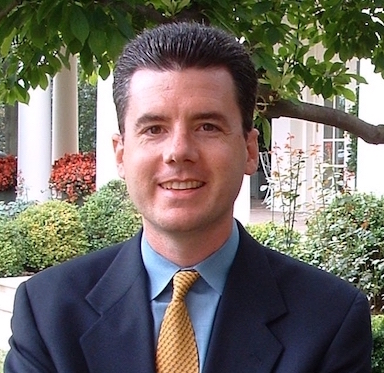
-
Tags
ASQ Influential Voices blogs Books Career Carnival commentary continual improvement Creativity curiouscat Customer focus customer service Data Deming Economics engineering Google Health care Innovation internet Investing IT John Hunter leadership lean manufacturing Lean thinking management Management managing people Manufacturing organization as a system Popular Process improvement Psychology Public Sector Quality tools quote respect for people Six sigma Software Development Statistics Systems thinking tips Toyota Toyota Production System (TPS) webcast
-
Categories
- Books
- Career
- Carnival
- China
- Competition
- Creativity
- curiouscat.com
- Customer focus
- Data
- Deming
- Design of Experiments
- Economics
- Education
- Fun
- Health care
- India
- Innovation
- Investing
- IT
- Lean thinking
- Management
- Management Articles
- Manufacturing
- Performance Appraisal
- Popular
- Process improvement
- Psychology
- Public Sector
- Quality tools
- quote
- Respect
- Science
- Six sigma
- Software Development
- Statistics
- Systems thinking
- Tags
- Theory of Constraints
- Toyota Production System (TPS)
- Travel photos
- UK
- webcast
Tag Archives: prediction
Richard Feynman Explains the PDSA Cycle
Ok, really Richard Feynman Explains the scientific method. But his thoughts make the similarity between the PDSA cycle and the scientific method obvious. 1) Plan, hypothesis. You make a guess about a theory (in using the PDSA cycle this step … Continue reading
Posted in Process improvement, Quality tools, Science
Tagged experiments, PDSA, Popular, prediction, Process improvement, Quality tools, Science
3 Comments
All Models Are Wrong But Some Are Useful
“All Models Are Wrong But Some Are Useful” -George Box A great quote. Here is the source: George E.P. Box, Robustness in the strategy of scientific model building, page 202 of Robustness in Statistics, R.L. Launer and G.N. Wilkinson, Editors. … Continue reading
Posted in Fun, quote
Tagged critical thinking, experiments, George Box, prediction, quote, Statistics
6 Comments
Management is Prediction
re: post on prediction [link broken, so removed] on the Deming Electronic Network, Petter Ogland wrote: …that intelligence more or less boils down to updating a predictive model of the world. As far as I can see, this is the … Continue reading
Posted in Deming, Management, Process improvement, Quality tools, quote, Systems thinking
Tagged Deming, prediction, Process improvement, theory of knowledge
10 Comments
Theory of Knowledge
Deming’s Management System, as expressed in his book: The New Economics has four interdependent parts: Appreciation for a System (systems thinking) Knowledge about Variation (see: variation definition) Theory of Knowledge Psychology (the human element of management systems) Quotes on the … Continue reading
